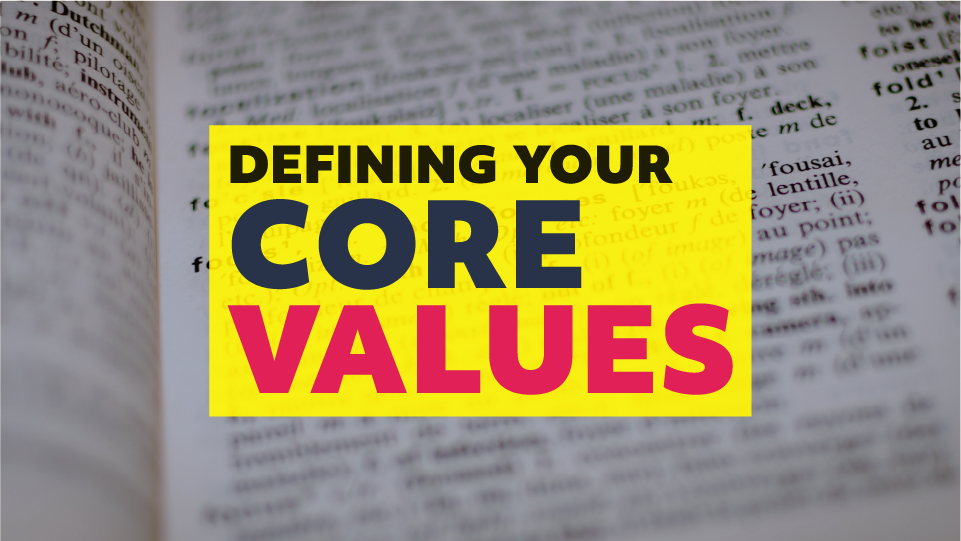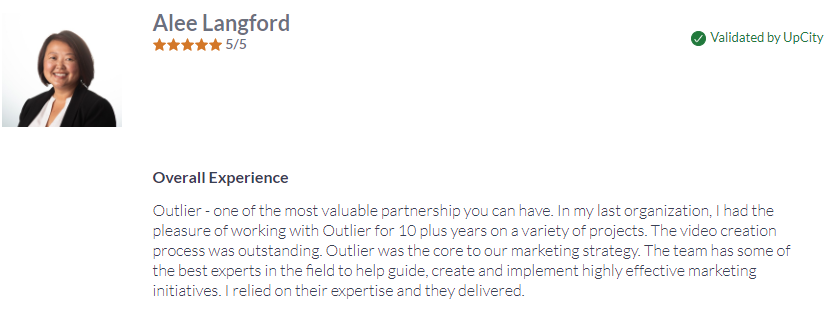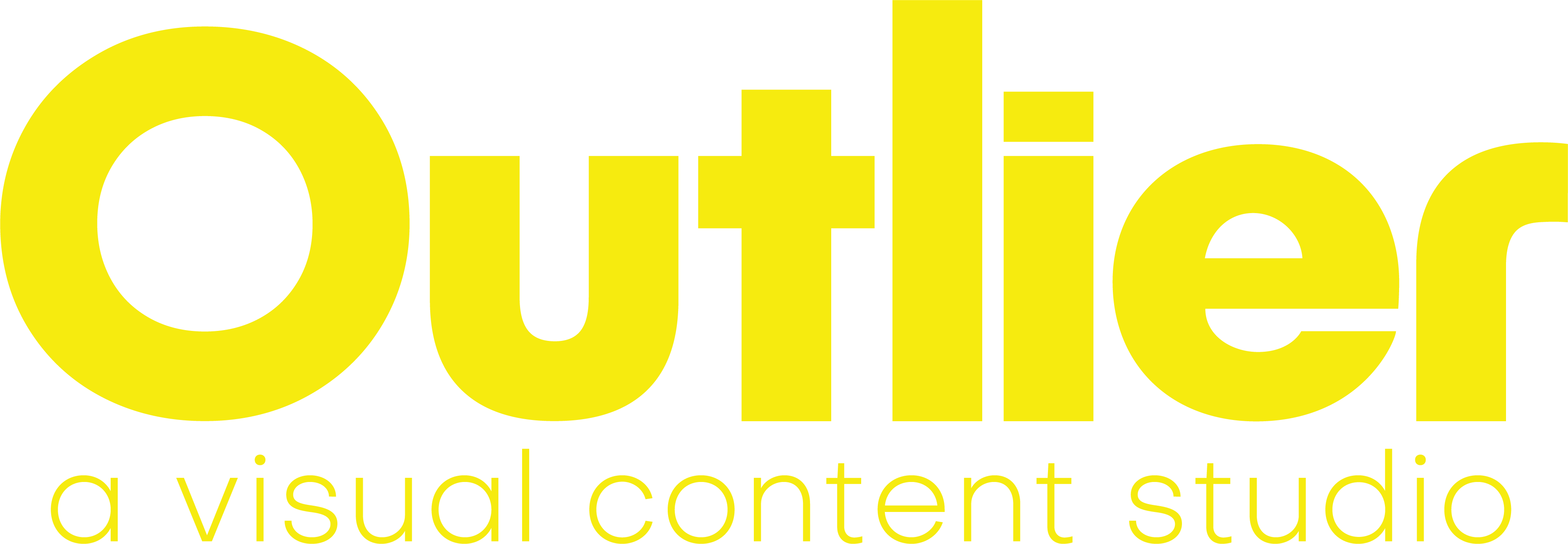
Outlier’s strength lies in knowing how to capture everyday moments that uncover what’s special about the people behind your brand. We use video to capture and share the emotion of people and their stories. We use animation and design to create visual beauty that captures the hearts and minds of audiences.
Defining Your Core Values
Core values are something we’ve talked about a lot internally at Outlier in recent months. After changing our business model a little over a year ago to focus more exclusively on video and content marketing, it was time to do some serious soul searching around the “why” of Outlier.
So why do we do it? Why do we put ourselves through these exercises, and what do we hope to gain from the effort? Once we have determined what our values are, how do we ensure we bring them to the business day in and day out? In short, how do our values change the way we do things?
I have been an employee of Outlier for almost nine years. Nine! I think that’s enough experience to safely say that Outlier does things a little differently. But what role do our values play in that difference?
Turns out, quite a lot.
One of the strengths of the company has always been the culture the leadership at Outlier fosters. Individual contributions are valued, and people are truly encouraged to speak their mind, even if it’s to voice a dissenting opinion or challenge their colleagues (that’s called collaboration, by the way, and nobody said it was pretty business all the time).
That culture has made our overarching value set easier to define: We believe in people.
Next we asked ourselves how we choose to show up for people, both for our customers and for ourselves. We finally narrowed that down to five core values that we felt certain represented our guiding force. Those include:
- Integrity
- Service
- Respect
- Wonder
- Ambition
How We Live Outlier’s Core Values
Once we were able to define these values, the next step was to think about how we bring these values to the table. For us, these values mean Outlier strives to:
- Bond with clients.
- Collaborate and celebrate each other’s talents.
- Be humble. Be honest. Be real. Be the Outlier.
But let’s take that a step further.
Because the truth is, these values can also tell us who our best fit clients are as well, because we share the same values.
Aha. We are getting a little closer now to understanding the why. When it comes to the day to day decision making, as well as our longer-term planning, our values should be what we turn to to help guide those decisions.
Every. Single. Time.
Consider your company’s values your “north star”. Every decision made on behalf of the company should align with your values. If it doesn’t, you’re making the wrong decision.
Sounds simple, right? Sometimes it is. Since going through our own values definition process, we’ve made some big decisions for our company that felt much easier to make and garnered a lot more consensus from the team about whether it was the right way to go. I won’t lie – it felt good!
Other times, it’s not so easy. In fact, it can be downright frustrating saying no to a job that may be financially rewarding but, ultimately, is for a client whose values clash with our own. No one likes to turn down money, but we do like long, fruitful relationships where neither party feels beat up. You can’t always get them both at the same time.
But when you do it right, things get exciting.

For Outlier, a lot of the “what” we do also lies in the support of these values. We are realists, but we also really believe in the power of optimism. It’s a part of who we are and what we believe we bring to our clients. Even better than that, we believe in the power that comes when we cultivate optimism.
Smart brands understand this in a real way… and those are our people! We believe, ultimately, in companies that want to do what’s right – for their customers, their employees, and their community.
Questions to ask yourself about your organization’s values:
- What are the values that make your business different?
- How do you communicate them to your people and your customers?
- How do you use them to guide your business?

